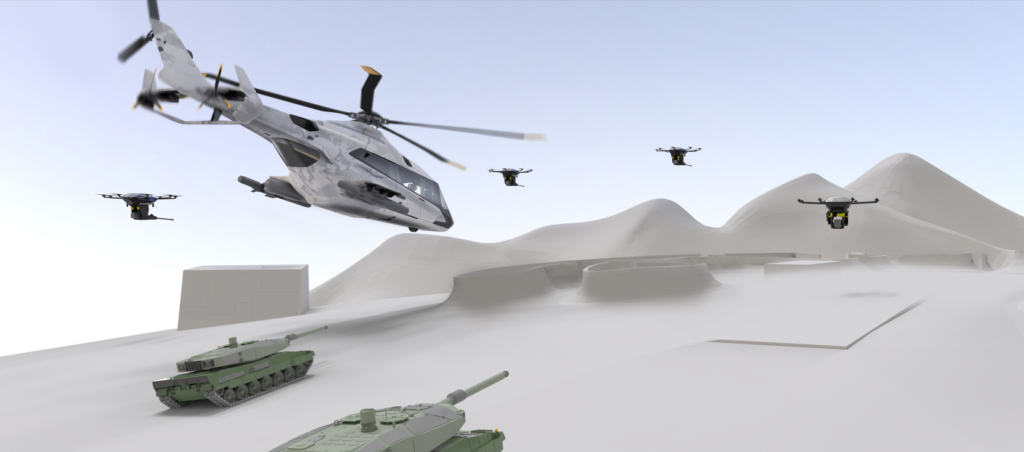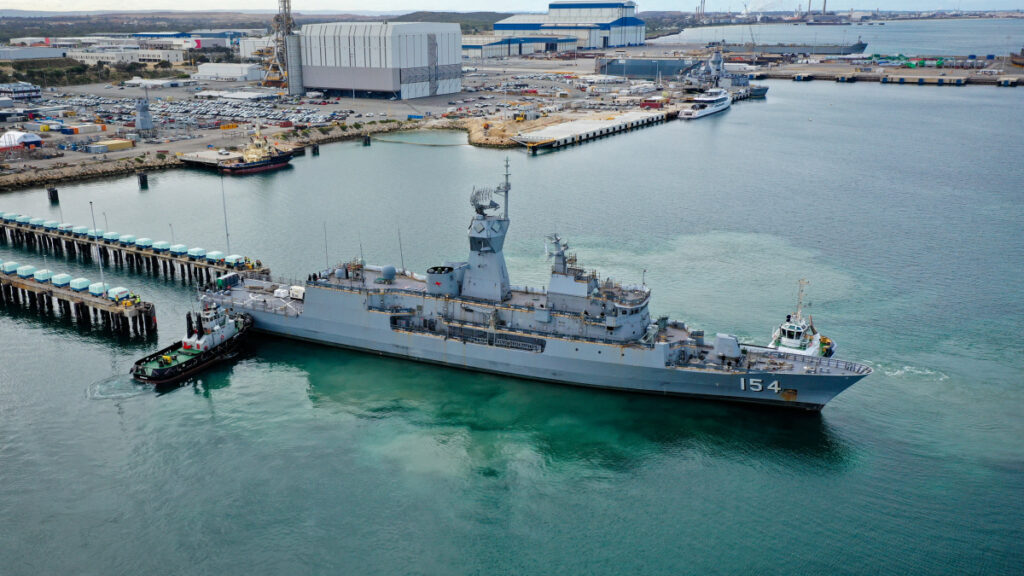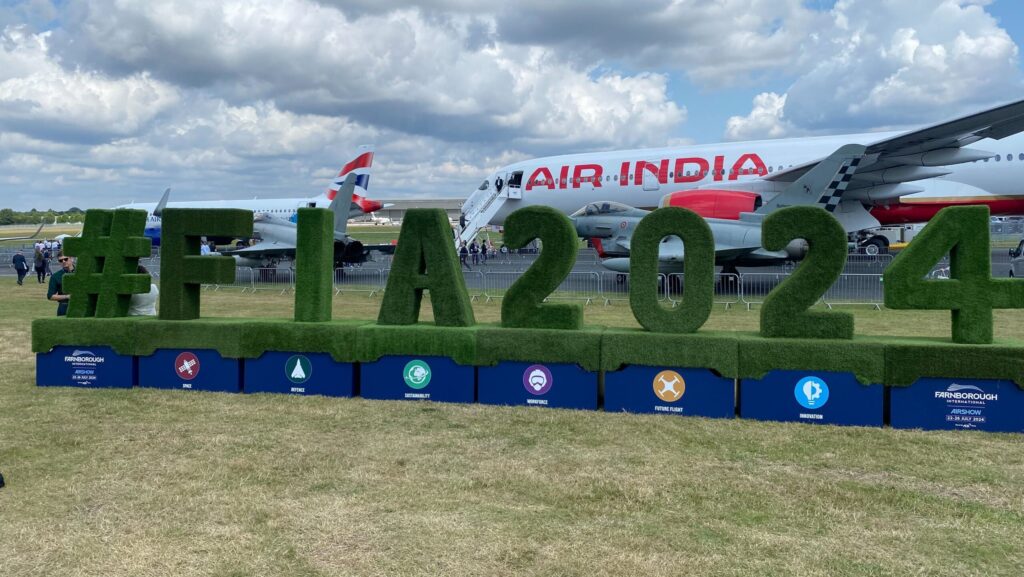Airmen from the 317th Aircraft Maintenance Squadron reattach a tire onto a C-130 Hercules during training, Nov. 16, 2011, at Dyess Air Force Base, Texas. (U.S. Air Force photo by Airman 1st Class Jonathan Stefanko)
WASHINGTON — The Air Force has settled on six preferred locations in the United States to host a trial run of the service’s new approach to deploying troops, a senior Air Force official said today.
Pending the completion of an environmental review, the six sites would see just under 50 new personnel arrive around summer’s end to set the Air Force’s experimental Air Task Forces (ATF) in motion, which the service hopes will lay the foundation for a new approach where fully-formed “combat wings” train, exercise and eventually deploy together.
The Air Force has recently been shifting its deployment approach, including exercises that incorporate “expeditionary” elements, as recently as last year. Following the service’s move to “reoptimize” for competition with China, officials emphasize personnel can be better served with this new approach than today’s status quo where different airmen can be pulled from various locations.
“The whole idea is, how do I go from this largely disaggregated, crowd-sourced kind of model” to one where forces are more cohesive, a senior Air Force official said in a briefing with reporters at the Pentagon today.
“So this is kind of walking us back towards this model that we had during the Cold War, where we know each other, we train together, we’re building the team in peacetime and in preparation for deployment,” the official said, speaking on the condition of anonymity. “And then we go together into this deployed environment when we’re in our available phase and certified and ready to actually execute.”
The six sites have been under discussion for months, and today’s announcement formally identifies them as the preferred alternatives selected through the strategic basing process to host the ATFs. According to an Air Force press release, those locations are:
Davis-Monthan Air Force Base, Ariz.
Scott AFB, Ill.
Joint Base San Antonio, Texas
Dyess AFB, Texas
Fairchild AFB, Wash.
Seymour-Johnson AFB, N.C.
The ATFs, which were announced last year, consist of three “layers,” the senior Air Force official explained. The nearly 50 personnel set to arrive at each location compose the command layer — essentially the more senior officials who will direct airmen and coordinate key details like resourcing and policy. A second layer, the mission generation force element, represents the essential combat power embodied in a deployment, such as fighter jets or cargo aircraft. A final mission sustainment team provides maintenance support, which is also meant to help out with other maintenance needs on site as the Air Force embraces a more austere form of operations dubbed Agile Combat Employment.
The senior Air Force official said that the approximately 50 command personnel will mostly be moving to each listed location, but the goal for the two remaining layers is that those airmen will either already be on site or at another installation nearby. Each of the task forces will then deploy to either US Central Command (CENTCOM) or Indo-Pacific Command (INDOPACOM) in two separate phases. The first phase will begin in October, where two will go to CENTCOM and one will go to INDOPACOM. Those forces will then be replenished in another wave in April.
Each ATF is slotting into the service’s new force generation model, known as AFFORGEN, to act as a pilot program that can pave the way to a “combat wing” approach. Service officials hope to consolidate necessary resources into select locations to fully constitute a combat wing, gradually moving away from drawing personnel from other locations.
Those wings — which officials have previously said will come in three different variants — will eventually be presented to combatant commands as a “unit of action” that is agnostic to a specific mission, with the mission generation force elements being modular to accommodate different demands. For the command and sustainment layers, the senior Air Force official said the two should “be capable of accepting forces really of any type, even though they may have a habitual relationship with a particular force type in garrison.”
Lawmakers have expressed some skepticism about the Air Force’s reoptimization efforts, and the senior Air Force official said that the two parties have been in discussions about the air task force approach “for a little while” as well as the broader reoptimization drive.
“And so we’ll continue [that] dialogue with them,” the official said.



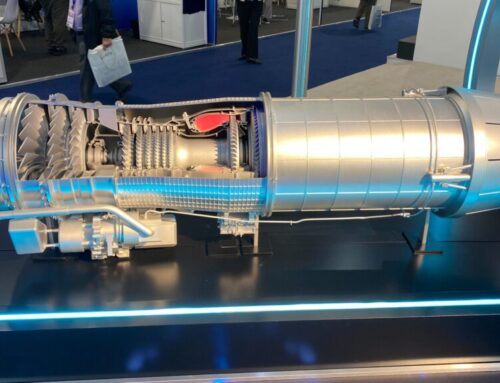
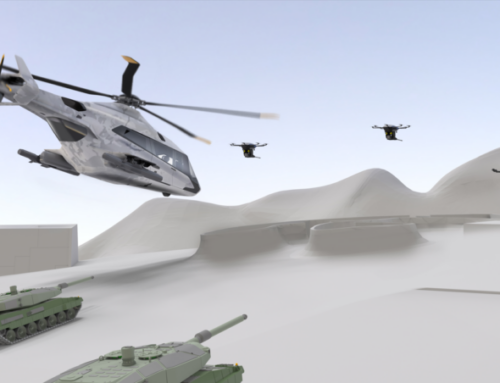
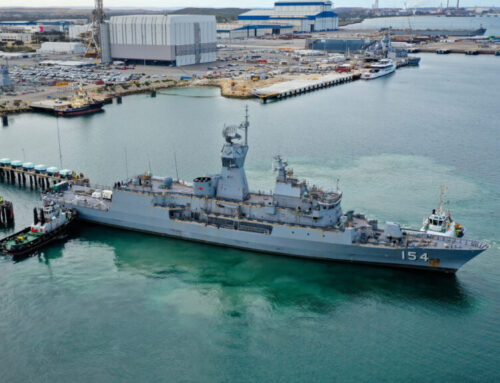
![The sights from the 2024 Farnborough Airshow [PHOTOS]](https://centurionpartnersgroup.com/wp-content/uploads/2024/07/IMG_8722-scaled-e1721930652747-1024x577-hZjwVb-500x383.jpeg)

